- Shifting on the sugarcane land
- Expectations to increase the value of giant freshwater prawns
- Green crab prices are high, farmers are excited
But then, life does not stop at what is familiar. Climate change , unstable sugarcane prices, degraded land..., all come like an underground wave, silently but fiercely, forcing people to change. And that transformation is a journey full of anxiety and challenges. But now, standing in the middle of the shrimp and crab fields with a bumper crop - good prices, the people of Tri Phai commune can smile with satisfaction. Because they were right to put their faith in shrimp and crab to rise up and change their lives.
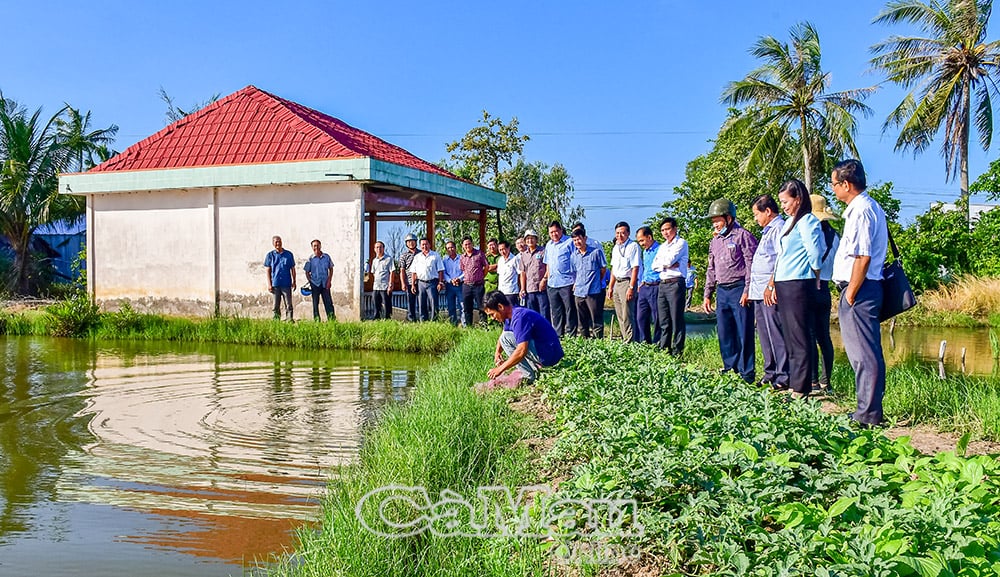
Mr. Nguyen Van Hon, Party Secretary of Hamlet 10 (Tri Phai Commune), recalled old memories and slowly said: “Back then, it was very hard! To have a good sugarcane crop, people had to go to the fields from dawn. Men made beds and plucked the stalks; women stripped the leaves of sugarcane all year round. Sugarcane was very successful, but traders forced down the price. From one crop to another, “working from hand to mouth”, suffering in all kinds of ways but at the end of the season, there was not much left. Then we switched to growing crops, but nature did not spare us. It was successful, but in the dry season there was no water for irrigation. People had to grow crops seasonally, waiting for the rain to come to have goods to bring to the market. Life was just like that, stuck in poverty.”

Then the turning point came. In 1995, some households began to change direction: abandoning crops and switching to shrimp farming. In the area that had been freshwatered years ago, saltwater began to creep in, bringing with it new hope.
According to many households, the first nights of shrimp farming, the square banks were lit up with flashlights as if there was a festival. Everyone was curious to see how big the shrimp were. Some households raised shrimp for 60 days and harvested their first batch weighing 40 shrimp/kg. “The price at that time was 128,000 VND/kg. One night they harvested 100-200 kg. People were very happy!”, Mr. Hon recalled with a smile. “At that time, when people saw someone doing well, they would follow suit. 1 kg of shrimp costing as much as a hundred kg of sugarcane, who wouldn’t be amazed?”, Mr. Tran Van Nam, Head of Hamlet 10, added.
By 2000, the pale, monotonous sugarcane had been replaced by shrimp - the new child of this land. But Tri Phai people did not stop there. On the same area, they learned to cultivate multiple crops and animals to increase their income. In the rainy season, they took advantage of the ridges to grow vegetables, both to improve their meals and to earn more money. In the rice season, they sowed rice seedlings on the ground to "fill the crop", both to feed the shrimp and to have rice to cook. One thing that made people happiest was that they could also raise giant freshwater prawns - a species of prawn that previously only lived in freshwater.
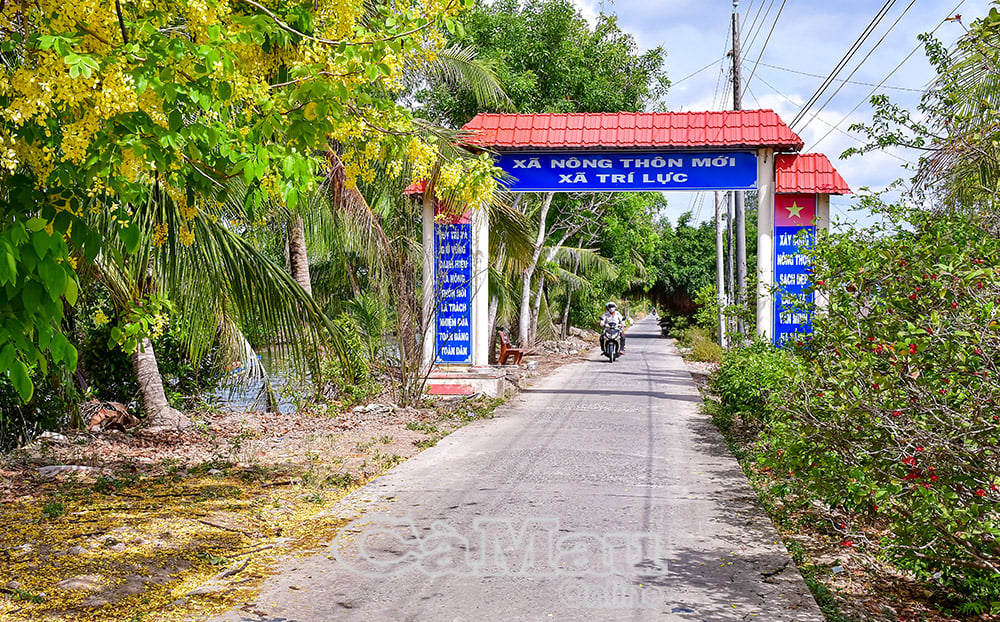
Mr. Hon excitedly said: “ Green-legged shrimp are only tolerant of sweet taste, but thanks to crossbreeding and technology application, they can now tolerate salt. So during the rice growing period, people release more green-legged shrimp, and when it is time to harvest the rice, they also harvest the shrimp. Now, some people can even raise green-legged shrimp off-season, which is expensive and easy to sell.”
According to the functional sector, this is a low-risk, moderate-cost model that makes good use of the natural ecosystem, very suitable for the typical brackish water area of Ca Mau . The good thing is that people do not abuse fertilizers or antibiotics. Shrimp and crabs are raised in a natural environment, eating algae and grass, growing slowly but surely. And from that certainty, "people have built solid and spacious houses, children have been able to study properly, no longer having to drop out of school to follow their parents to the fields. Some children studied aquaculture at university, then returned to their hometown to provide technical support to the village, which is very happy", Mr. Nam shared.
Now, after more than 15 years of transformation, when returning to Tri Phai, the land that once carried the sweetness of sugarcane, everyone can easily recognize the changes. Brick houses have sprung up side by side. Electricity, roads, schools, and stations are complete and spacious. At that time, Hamlet 10 had 400 households, but there were 37 poor households, 35 near-poor households, and half of the population were in difficult circumstances. Now, the number of poor and near-poor households has been completely eliminated, which is the clearest evidence of the correct direction of production transformation.
Tri Phai today is no longer a barren sugarcane area, but a place that shines with faith in sustainable ecological agriculture . People are excited because they dare to change, dare to believe, dare to move forward. In the journey to rebuild their homeland, there are times when they have to leave behind the sweet memories of sugarcane to reach a future rich in the taste of the sea, the taste of prosperity and sustainability.
Diamond
Source: https://baocamau.vn/vi-ngot-tu-su-doi-thay-a121082.html



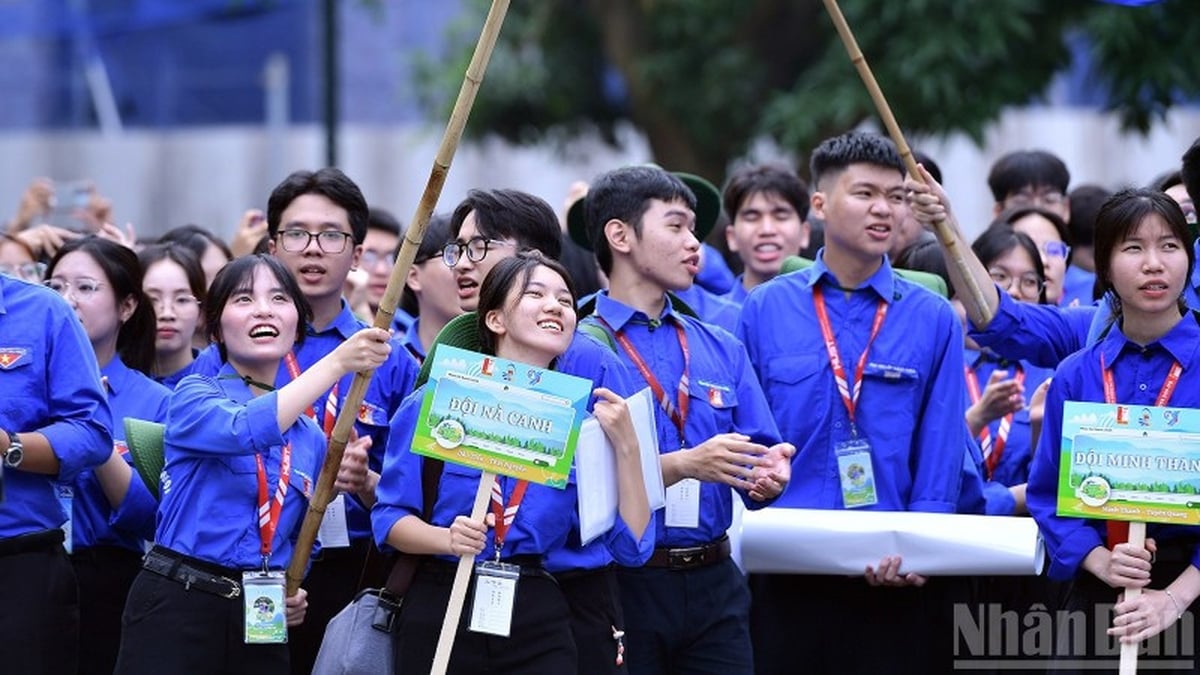





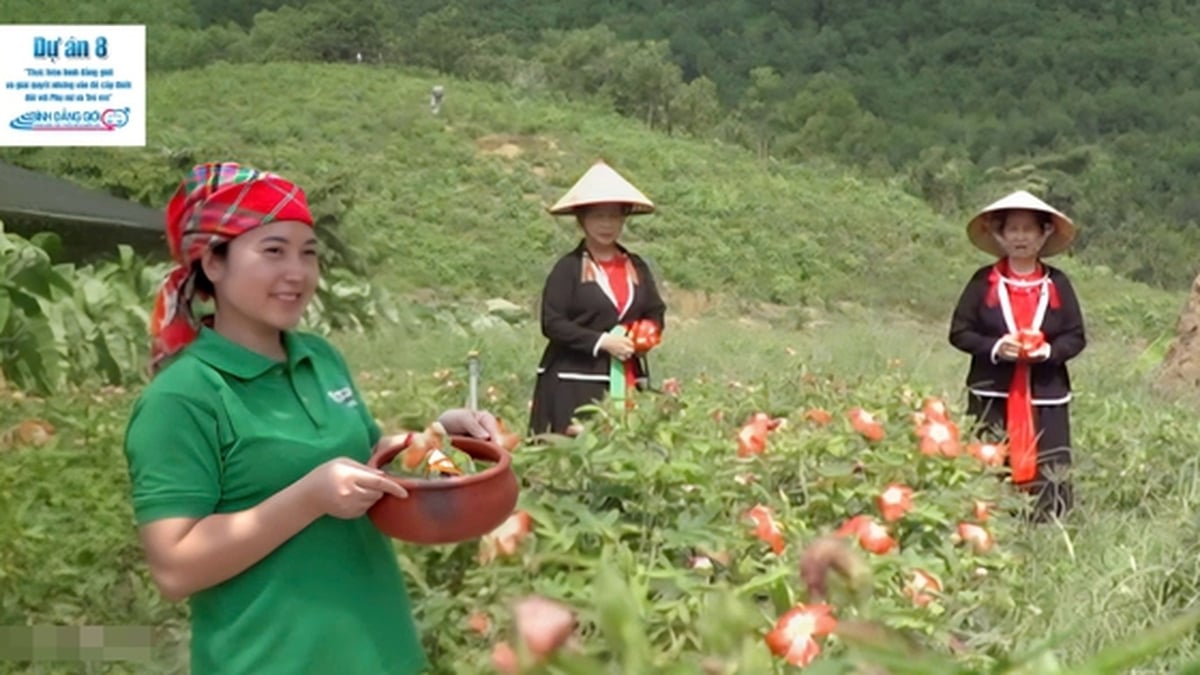














![[Photo] National Assembly Chairman attends the seminar "Building and operating an international financial center and recommendations for Vietnam"](https://vphoto.vietnam.vn/thumb/1200x675/vietnam/resource/IMAGE/2025/7/28/76393436936e457db31ec84433289f72)













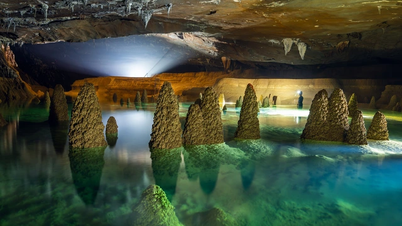













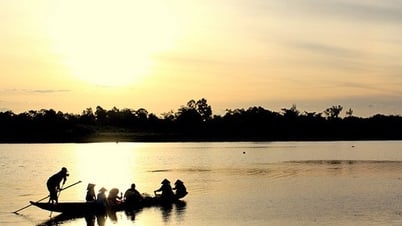








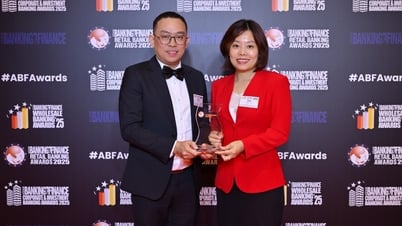




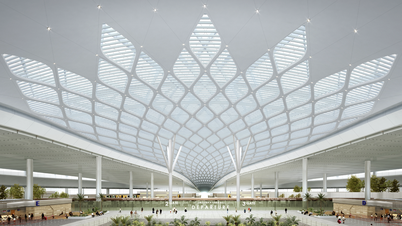

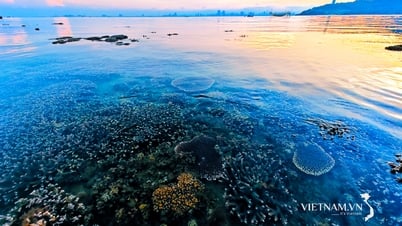
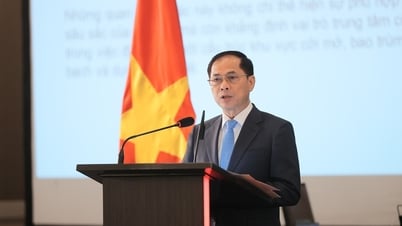

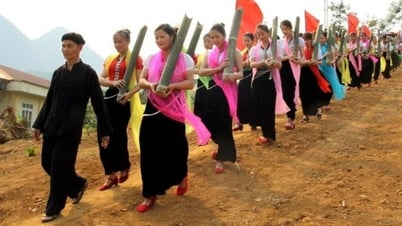

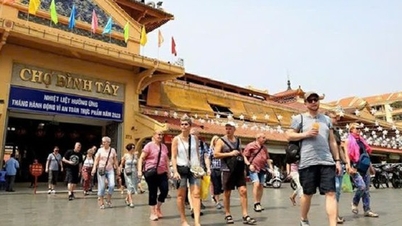
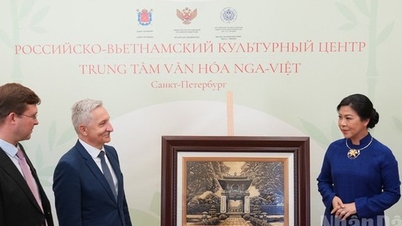
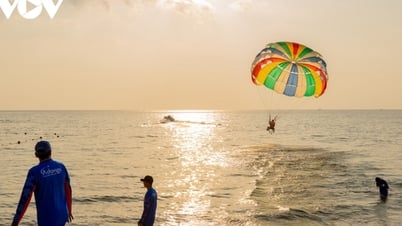
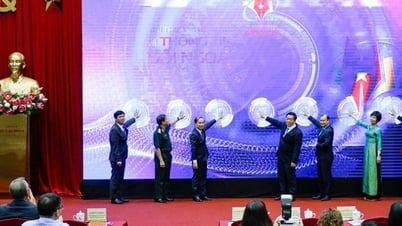
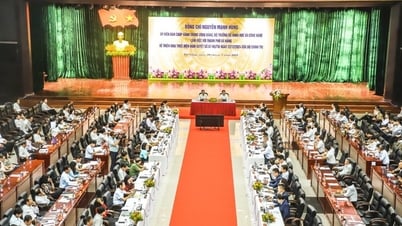




















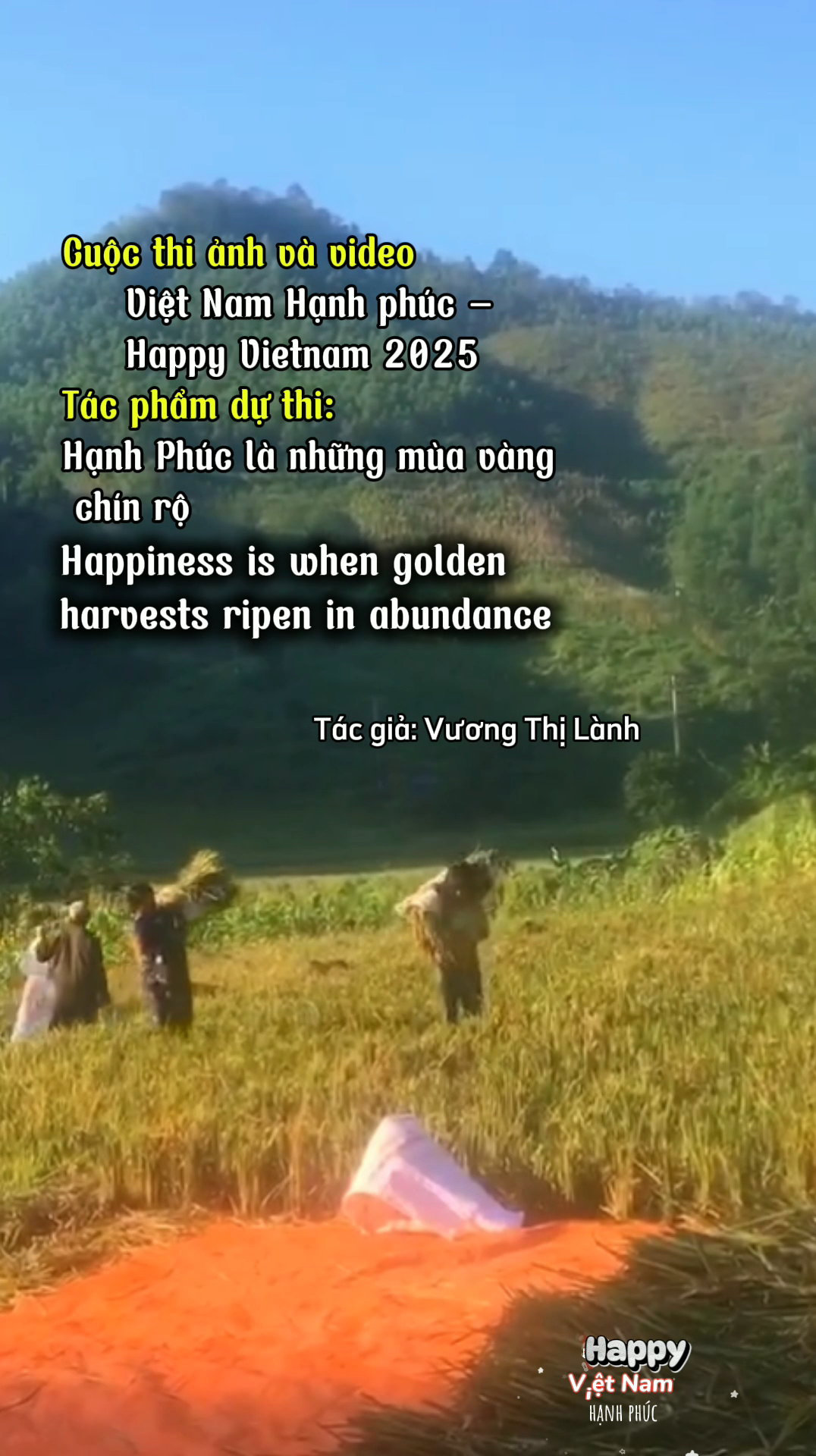
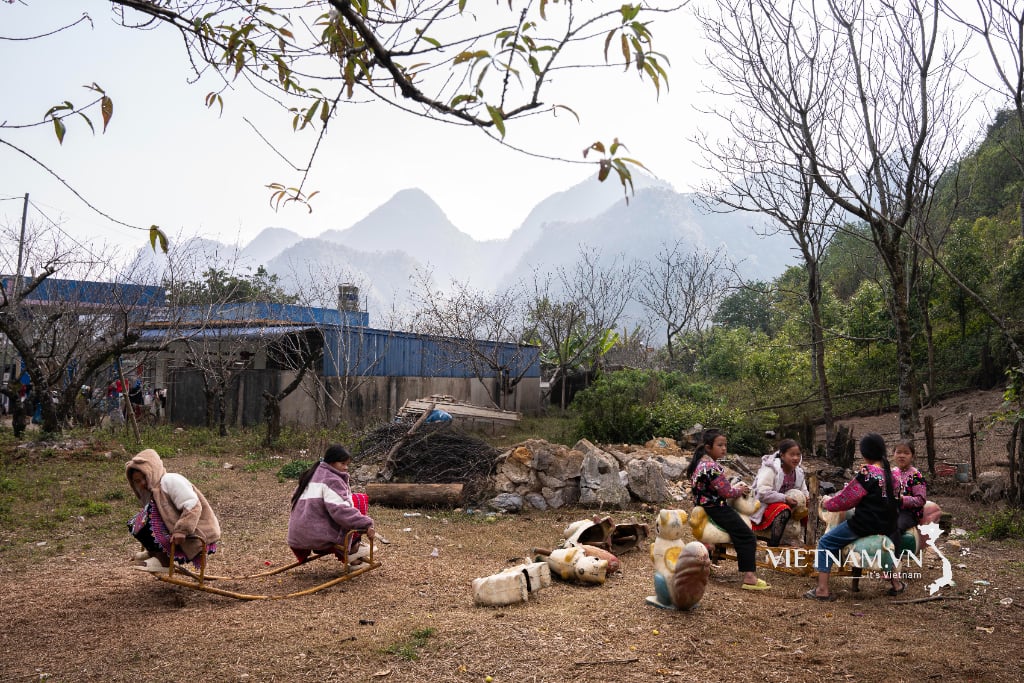
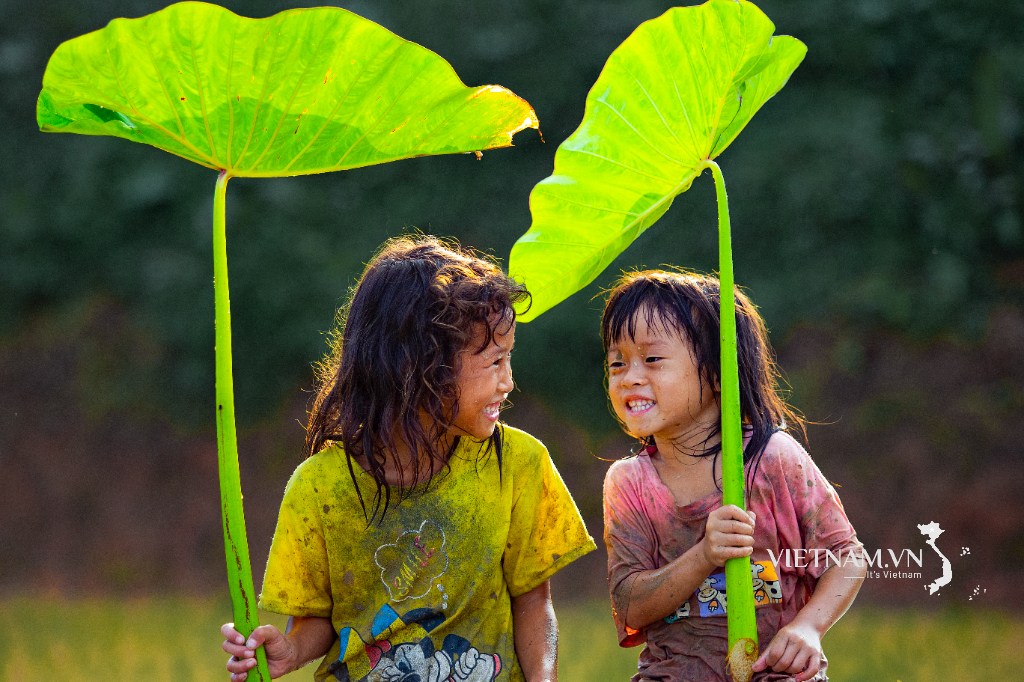
Comment (0)